A Chattel Mortgage Can Help Keep Your Business Cashflow Under Control

In our Xero Daily Reconciliations Course, you’ll learn how to set up a chart of accounts, among other things such as running balance sheets and Profit and Loss (P&L) statements. For the most part, daily transaction reconciliation is pretty straightforward, until you get to a capital purchase, which, if it’s over $20,000 or was purchased prior to May 2015, needs to be dealt with differently.
In most cases, when a business purchases major assets, such as a motor vehicles, it’s known as a capital purchase, which is made via a loan. There are two types of loans the business can take out: a hire purchase loan or a chattel mortgage.
Buying assets on hire purchase
This is an agreement between you and the lender to acquire a motor vehicle. During the hire period, the lender legally owns the car and you pay regular instalments to the finance company. For tax purposes you can claim depreciation, running costs and interest paid against your business income. When you pay off the loan in full, legal ownership is then transferred to you.
Buying assets on chattel mortgage
Chattel mortgage is essentially a mortgage over goods to be financed. Chattel mortgage is classed as a cash sale in that the goods automatically become your property on purchase and the finance company takes a mortgage over the chattels.
Just as a hire purchase you can claim depreciation, running costs and interest paid, against your business income. The chattel mortgage allows businesses to claim the full input tax credit from GST incurred expenses immediately (next BAS statement).
Chattel mortgages are more popular
Chattel mortgages became popular when BAS and GST was introduced, because businesses could claim the GST at the time of purchase, whether they ran a cash system or an accrual accounting system. Plus, under a chattel mortgage, the allowable depreciation and interest payment are also tax deductible.
How capital purchases affect cash flow
If a business doesn’t take out a loan to make a capital purchase, it will have to dip into its savings, which can adversely affect cash flow, especially on big ticket items. Taking out a chattel mortgage, however, helps to keep cash flow under control because the business can borrow the funds (and claim the interest back as a tax deduction) without any major impact on cash flow. You will also then be able to factor the repayments into your monthly forecast projection.
***
You’ll learn how to record an capital purchase, whether it’s been bought on hire purchase or a chattel mortgage, in our Xero Daily Reconciliations Course. You can find out more or enrol today.

At EzyLearn we offer many online training courses to help you up-skill and find employment.
Choose from our range of cloud-based online accounting software courses, to business start up and management courses, to marketing and sales courses, or update and further your skills in a range of Microsoft Office programs (Excel, PowerPoint, Word) or social media and WordPress web design.

 We recently updated our advanced
We recently updated our advanced 
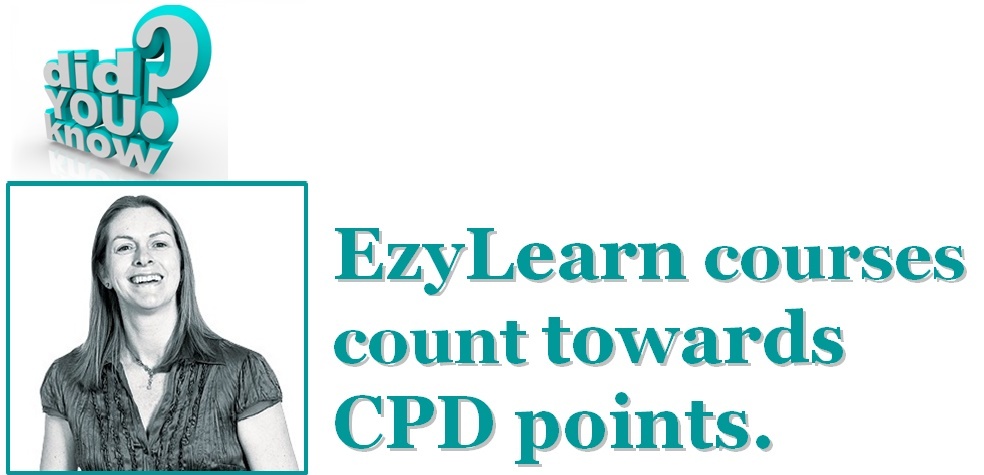
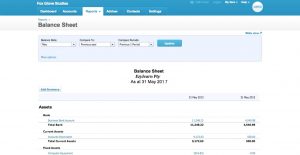 A business’s balance sheet is a snapshot of its financial position at a particular period of time,
A business’s balance sheet is a snapshot of its financial position at a particular period of time, 
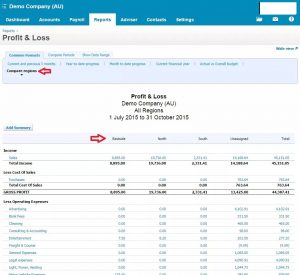
 Although the process of running a P&L differ between accounting software packages, they usually all contain the same elements, depending only on the business itself. In the first section, the cost of sales is subtracted from the revenue, which highlights gross profit. The business’ operating expenses are then subtracted from the gross profit, which leaves the operating profit. Now, all of the non-operating revenues and expenses must be factored into account, after which the business’ profit or loss will be displayed.
Although the process of running a P&L differ between accounting software packages, they usually all contain the same elements, depending only on the business itself. In the first section, the cost of sales is subtracted from the revenue, which highlights gross profit. The business’ operating expenses are then subtracted from the gross profit, which leaves the operating profit. Now, all of the non-operating revenues and expenses must be factored into account, after which the business’ profit or loss will be displayed. 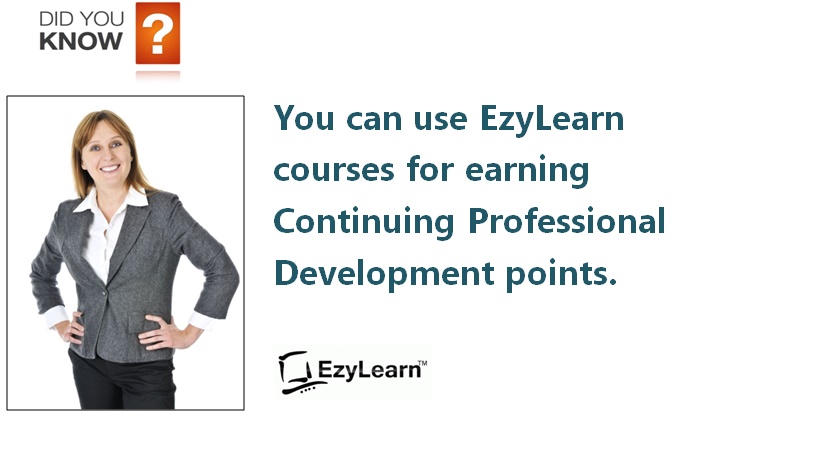
 Most businesses using an accounting program like MYOB or Xero will use the included payroll package to manage their employees’ payroll. For businesses with only a few employees, however, the additional payroll function is an unnecessary expense.
Most businesses using an accounting program like MYOB or Xero will use the included payroll package to manage their employees’ payroll. For businesses with only a few employees, however, the additional payroll function is an unnecessary expense. 
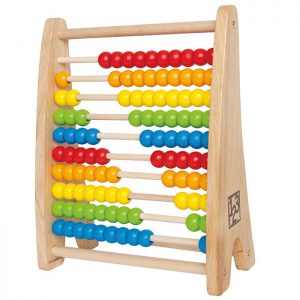 Before computers and Microsoft Excel came along, accountants used a pen and paper to keep track of their clients’ business financials. And before that, before the numeral system was invented, the abacus was the main accounting tool used by merchants and traders to keep track of their finances.
Before computers and Microsoft Excel came along, accountants used a pen and paper to keep track of their clients’ business financials. And before that, before the numeral system was invented, the abacus was the main accounting tool used by merchants and traders to keep track of their finances. 


 Bank feeds are an important aspect of reconciling your (or your client’s) accounts. Our
Bank feeds are an important aspect of reconciling your (or your client’s) accounts. Our 

 THE INTERNET HAS CHANGED the way businesses market their services to prospects, from a simple sales message to an educational one.
THE INTERNET HAS CHANGED the way businesses market their services to prospects, from a simple sales message to an educational one. 











